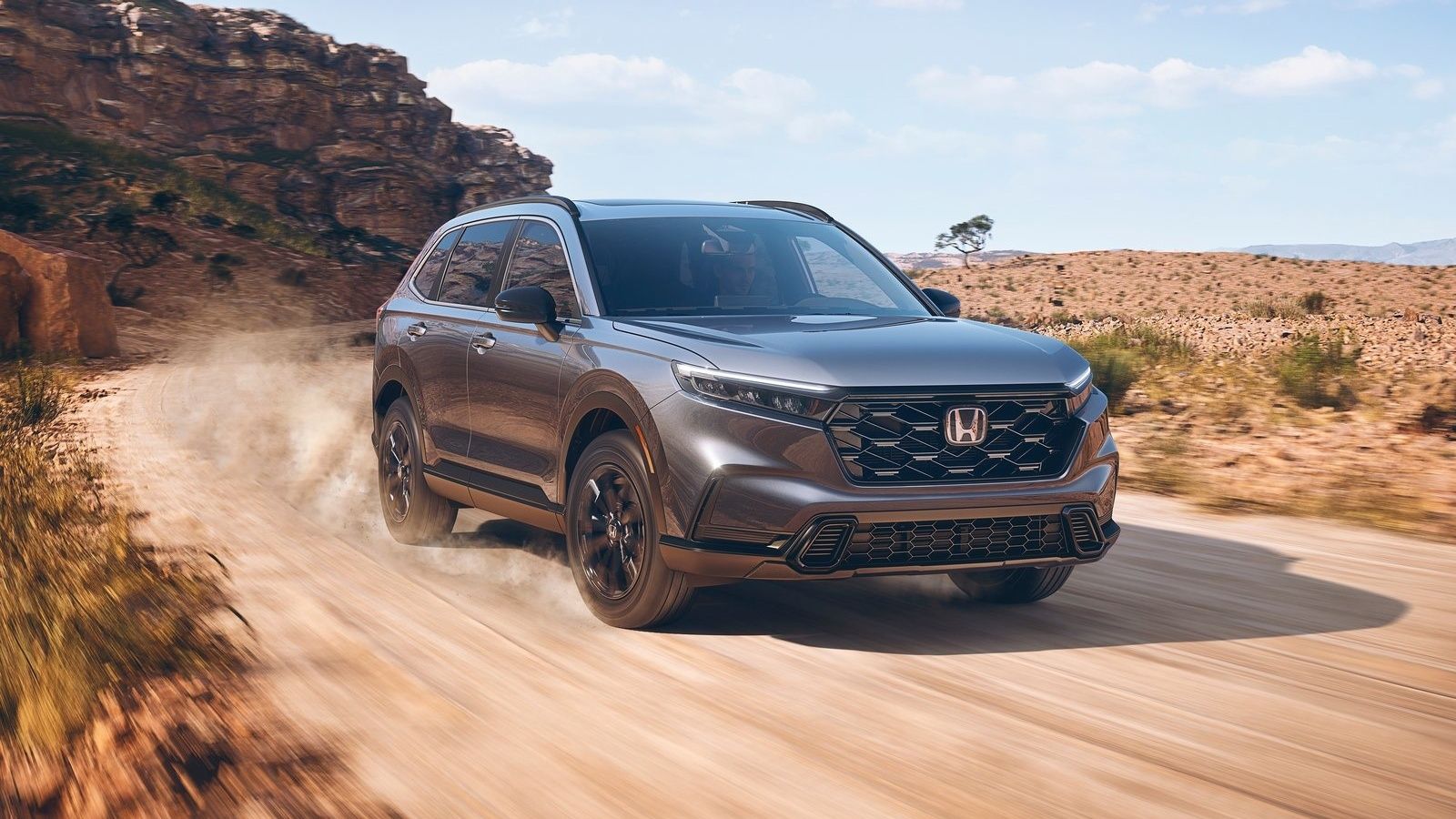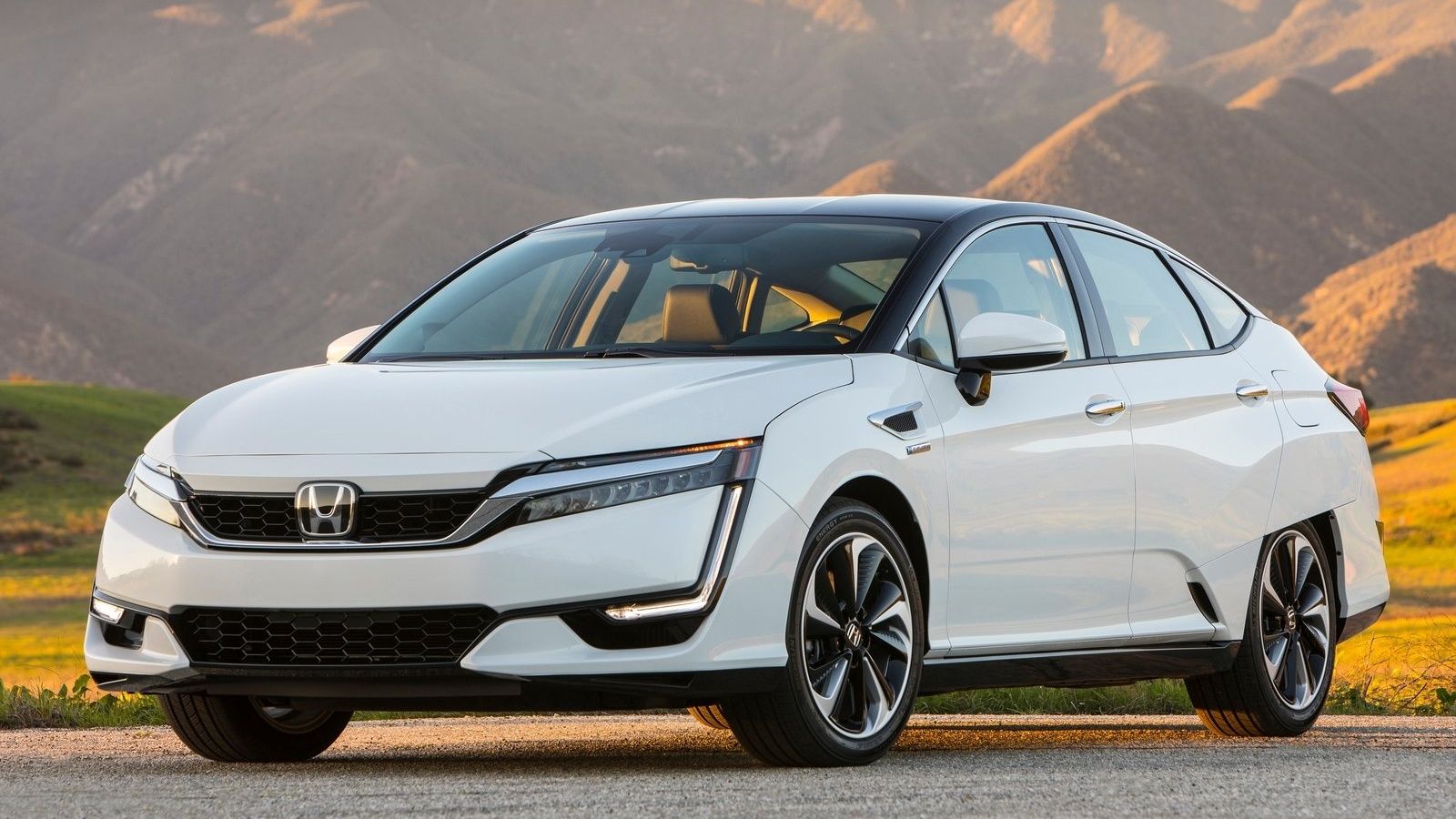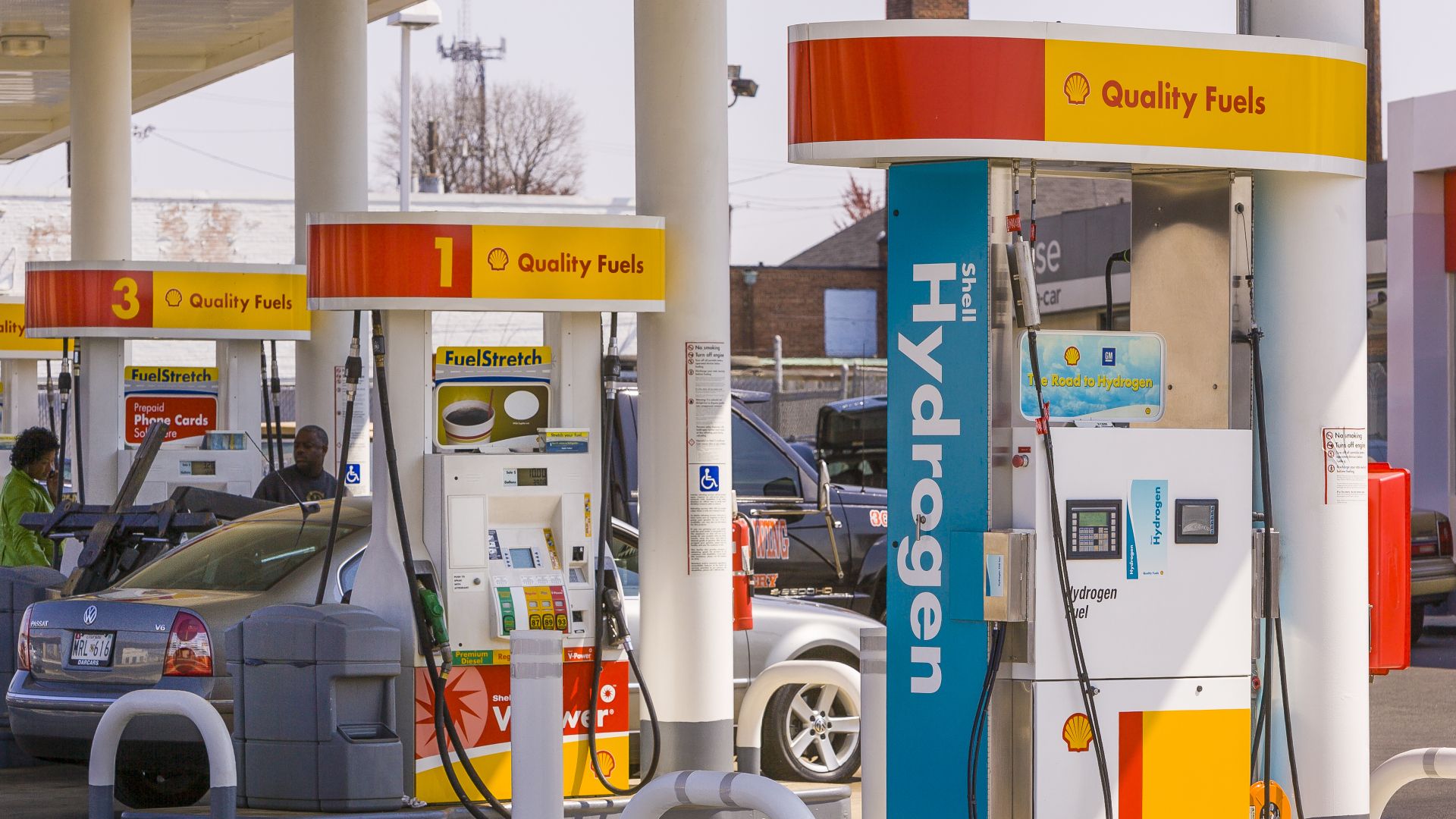An industry that faced much skepticism in its initial term, the hydrogen car industry showed much promise in 2021 with record growth. With a lack of infrastructure for refueling and high prices, it seemed that this solution to creating zero-emission battery-operated vehicles had cracks in its foundation. However, cumulative sales reports at the end of 2021 reported a growth of 37-percent from the previous year with 12,272 units sold. When starting from scratch, any amount of sales growth would be great. However, what the sales reports won’t illustrate is that the sales of hydrogen fuel cell cars are significantly far behind that of battery electric vehicles. The hydrogen car industry, while indicating promising sales, could be in need of a big push. That much-needed push could very well be the joint venture of Honda and General Motors on a next-generation Hydrogen fuel cell vehicle.
Honda and GM Have Spearheaded The Zero-Emission Solution Since The Beginning
General Motors and Honda have quite a history in the Hydrogen car industry. However, GMs launch within the industry started off with a much different collaboration. General Motors, in alliance with the United States Army, showcased an entire fleet of hydrogen fuel cell vehicles in the year 2012. All 16 vehicles were reformed variations of the crossover sports utility vehicle, that is, the Chevy Equinox. It wasn’t until 2013 that Honda and General Motors announced a joint fuel cell venture. Signing up with a program to build a national fueling infrastructure for HFCVs, Honda led quite the effort to build the foundation for the industry. The development of a fuel cell factory was announced in 2017, which was set to be built in Ohio.
On paper, it seemed that Honda and GM were about to spearhead the growth of the hydrogen car industry.
However, even after 2020, which was the year by which General Motors committed to including HFCVs in its portfolio, no such car was released in its lineup. Unbeknownst to the world, GM and Honda had been working on something far more innovative altogether. GM entered the scene the following year with a massive announcement of focusing on green hydrogen fuel cells. Concurrently, Honda announced that it was to produce a completely electric version of its crossover SUV, the CR-V complete with a range extender and battery pack.
The Next-Gen CR-V Crossover - A Love Child Of Honda And GM
Innovation takes time - despite its efforts, it seemed that Honda and General Motors throughout the 2010s were unable to illustrate their behind-the-scenes efforts. However, their efforts haven’t been for naught as the Honda and GM alliance has directly led to the production of the next generation of hydrogen fuel cell systems. This fuel cell system is said to cut costs and produce more efficient yet cheaper HFCVs. With its new fuel cell system, Honda has been able to revamp its CR-V crossover, which could be a massive step towards making the Hydrogen car industry competitive with the battery electric vehicle industry.
As a replacement for the Clarity fuel cell the revamped CR-V crossover is set to be built in 2024 using the technology Honda developed alongside GM in its Ohio factory. The next-gen fuel cell system is said to be lighter than the standard battery pack and the HFCV will be able to refuel in as much time as it takes for a gasoline vehicle to refuel. The newly announced CR-V crossover will feature the next-generation fuel cell system and two Hydrogen tanks within its rear. This HFCV will also come with a drive unit under the hood and a power unit system under the seats. This next-gen CR-V will also come with a battery pack allowing for an electric-only range along with a function to export power.
Honda and GM's Next-Gen Fuel Cell System To Unleash A New Age Of HFCVs
With the release of this new version of the CR-V and Honda releasing the next-generation fuel cell system into the market, we could be looking at a new age of Hydrogen fuel cell vehicles. This next-generation fuel cell system will lead to cheaper and more affordable Hydrogen fuel cell vehicles leading to higher demand. Honda currently plans to produce 2,000 CR-V hydrogen cars by the year 2025. In a world led by consumer behavior, this projective growth in demand could further prompt automakers, such as Hyundai and Toyota to start production on newer generations of the Hyundai NEXO and Toyota Mirai. With more and more consumers purchasing hydrogen fuel cell vehicles, a larger infrastructure for refueling will also be built all across the United States. The Honda and GM alliance could possibly make the hydrogen car industry as competitive and in demand as the battery electric vehicle industry.
Tangible Results - Does Reality Match The Theory?
With the use of this newly developed fuel cell power system, Honda is said to be able to cut one-third of its production costs. This cut in production cost could further be reduced to half of its initial costs if all goes as planned with the Honda and GM alliance. This means that the new CR-V crossover could come with a better price tag than the Clarity fuel cell. With the reported cuts in production costs, Honda is striving to produce 60,000 fuel-cell cars by the year 2030. With how keen other automakers are on stepping into the hydrogen car industry, the production growth of HFCVs could reach well within the hundred thousand range in the upcoming decade.





